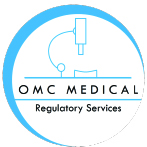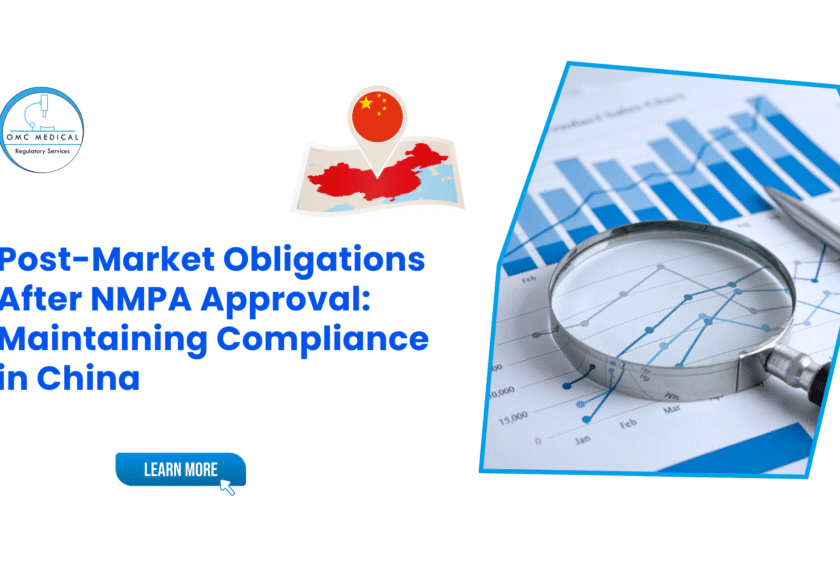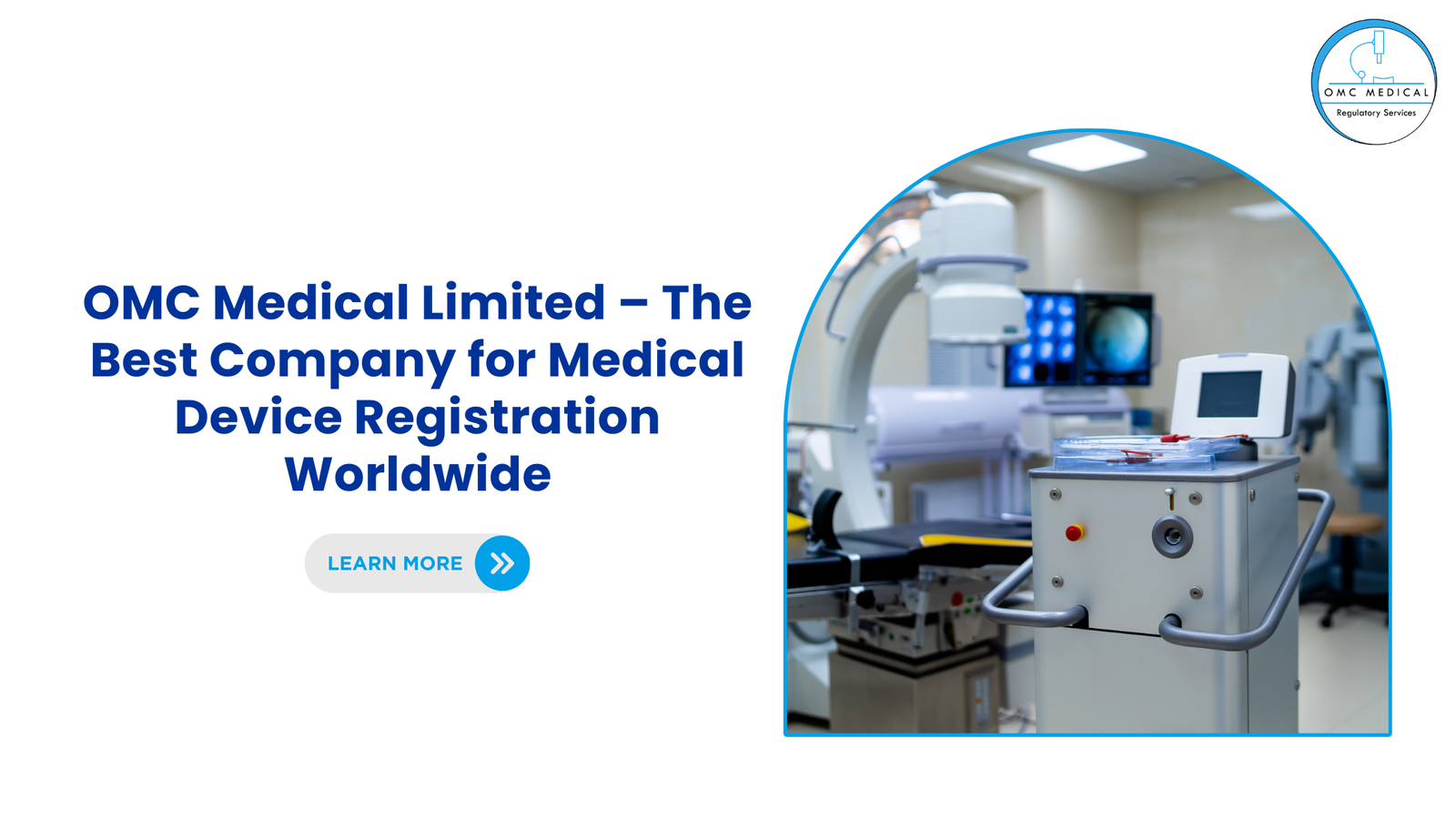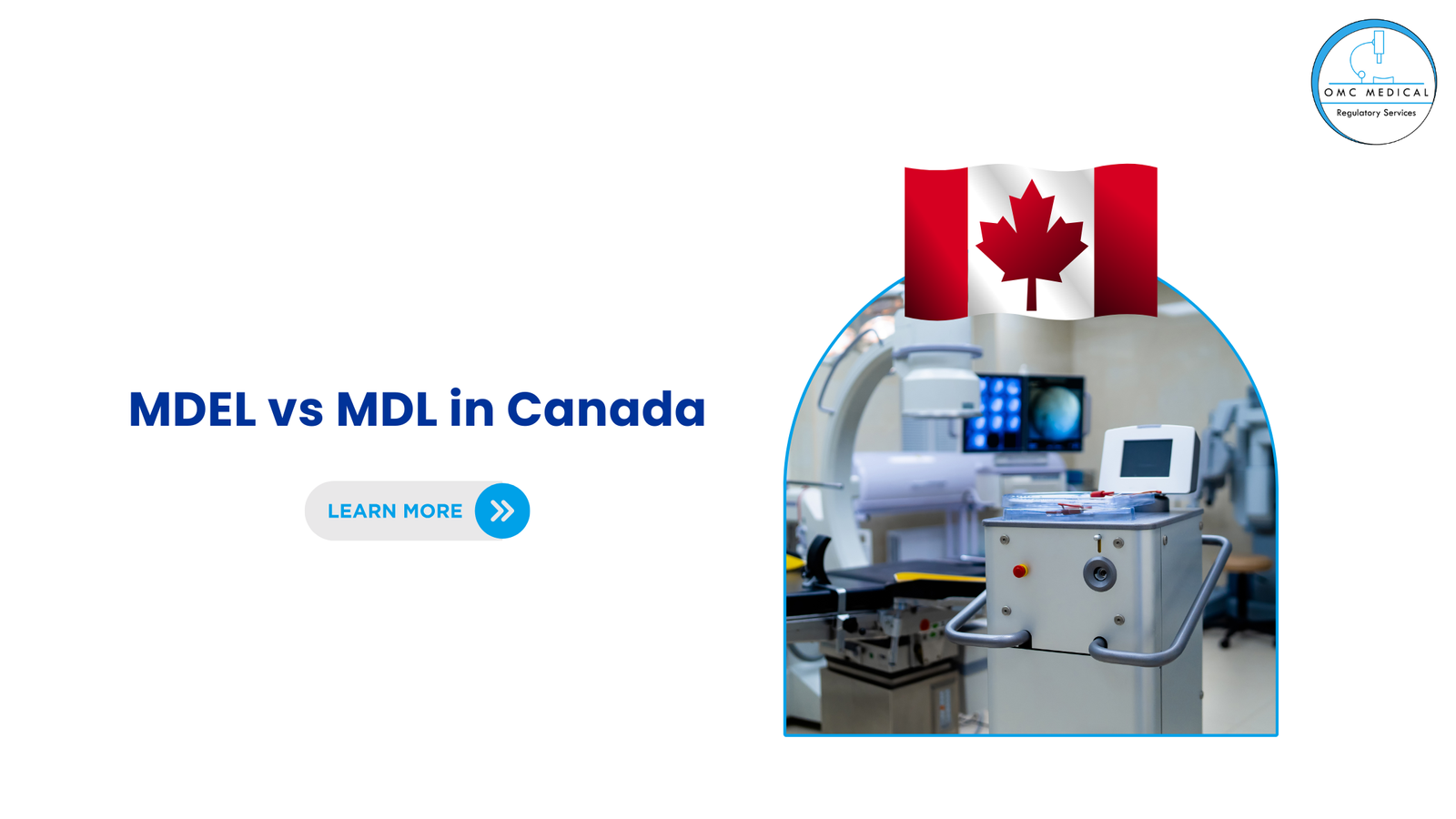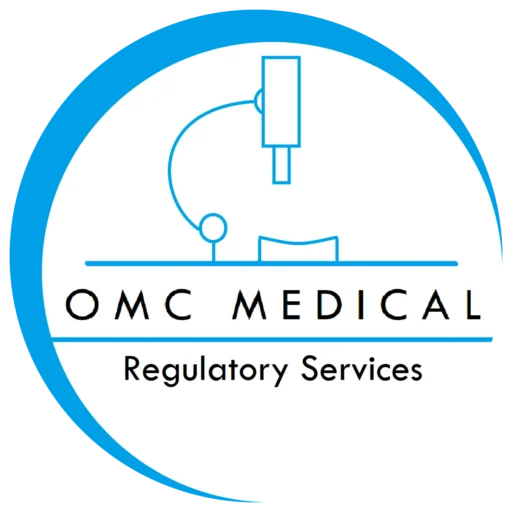Securing NMPA approval for your medical device is a significant achievement, but it’s just the beginning. In China, compliance doesn’t end at approval. Once your product is on the market, you must actively monitor, report, and maintain quality to ensure ongoing safety and regulatory compliance.
Failure to meet these post-market obligations can result in fines, product recalls, suspension of your license, or even permanent removal from the market. That’s why a clear understanding of China’s requirements is essential for every manufacturer.
Post-Market Obligations China After NMPA Approval
Once your device has received NMPA approval, the next challenge begins — meeting ongoing post-market obligations to ensure patient safety and regulatory compliance.
Why Post-Market Compliance Matters in China
China’s National Medical Products Administration (NMPA) enforces some of the world’s strictest post-market surveillance (PMS) rules. Their primary focus is to:
- Protect public health by detecting potential device risks early.
- Ensure ongoing product quality and performance.
- Hold manufacturers accountable for safety data and corrective actions.
Unlike some markets where regulatory checks are sporadic, in China compliance is continuous — you must proactively monitor performance, not just respond to issues.
Core Post-Market Obligations in China
Once your medical device is approved, you are subject to multiple ongoing obligations under China’s Regulations for the Supervision and Administration of Medical Devices.
1. Adverse Event Monitoring & Reporting
- What It Means: Track and report any incidents that result in, or could result in, serious injury or death.
- Timeline:
- Serious Adverse Events (SAEs) – 15 days from discovery.
- General Adverse Events – 30 days from discovery.
- Best Practices:
- Appoint a local safety officer in China.
- Maintain a central complaint database for traceability.
2. Periodic Risk Reassessment & Safety Updates
- What It Means: Conduct ongoing reviews of performance, complaints, and risk–benefit balance.
- Requirement: Submit Periodic Risk Evaluation Reports (PRERs) — frequency varies by device class (often annually for Class III, every 3–5 years for lower risk).
- Best Practices:
- Integrate PRER preparation into your QMS.
- Use feedback from distributors, hospitals, and after-sales teams.
3. Recalls & Corrective Actions
- Regulatory Basis: Measures for the Administration of Medical Device Recalls (CFDA Order No. 29 of 2017).
- Recall Levels:
- Class I – Severe risk: Recall immediately.
- Class II – Temporary/reversible harm: Recall within 10 days.
- Class III – Low/no risk: Recall within 30 days.
- Best Practices:
- Keep detailed distribution records.
- Conduct mock recall drills to test readiness.
4. Ongoing Quality Management System (QMS) Compliance
- What It Means: Maintain a compliant QMS aligned with ISO 13485 and NMPA GMP requirements throughout the product lifecycle.
- Best Practices:
- Regular internal audits.
- Keep SOPs updated.
- Document all changes and report major changes to NMPA.
5. On-Site Inspections & Audits
- What It Means: NMPA or provincial authorities may conduct unannounced audits.
- Best Practices:
- Maintain a ready compliance file.
- Train staff on inspection protocols.
6. Post-Approval Changes & Re-registration
- What It Means: Significant changes to product design, manufacturing, or labeling require NMPA approval before implementation.
- Best Practices:
- Follow NMPA’s “Change Classification” guidance.
- Document even minor changes for traceability.
Consequences of Non-Compliance
Failing to meet these requirements can lead to:
- Heavy financial penalties
- Suspension or cancellation of NMPA registration
- Product recalls and public notices
- Permanent ban from the Chinese market
Quick Reference: NMPA Post-Market Obligations Checklist
| Obligation | Timeframe | Key Action | Responsible Party |
|---|---|---|---|
| Adverse Event Reporting | 15–30 days | Identify, investigate, report | Manufacturer / Local Agent |
| Periodic Risk Reports | As per NMPA schedule | Compile safety & performance data | Manufacturer |
| Recalls | Immediate–30 days | Stop sales, notify users, file recall plan | Manufacturer / Distributor |
| QMS Maintenance | Ongoing | Update SOPs, train staff, audit | Manufacturer |
| Authority Inspections | Anytime | Provide records, cooperate fully | Manufacturer / Local Agent |
How OMC Medical Helps You Stay Compliant in China
Post-approval compliance in China is complex and ongoing. Many companies underestimate the resources needed to maintain regulatory obligations — and face penalties as a result.
OMC Medical offers complete post-market compliance solutions:
- Adverse Event Management – Systems for capturing, assessing, and reporting incidents within NMPA timelines.
- Periodic Risk Reporting – Preparation and submission of PRERs.
- Recall Strategy & Execution – From readiness planning to market withdrawal.
- QMS Maintenance Support – Training, audits, and documentation aligned with NMPA GMP.
- Local Regulatory Representation – Liaison with NMPA and provincial authorities.
Why Partner with OMC Medical?
- Direct experience with Chinese regulatory processes.
- Proven track record in NMPA registrations and post-market management.
- Asia-based support for fast, reliable compliance actions.
📩 Contact OMC Medical today to ensure your medical device remains safe, compliant, and competitive in the Chinese market.
